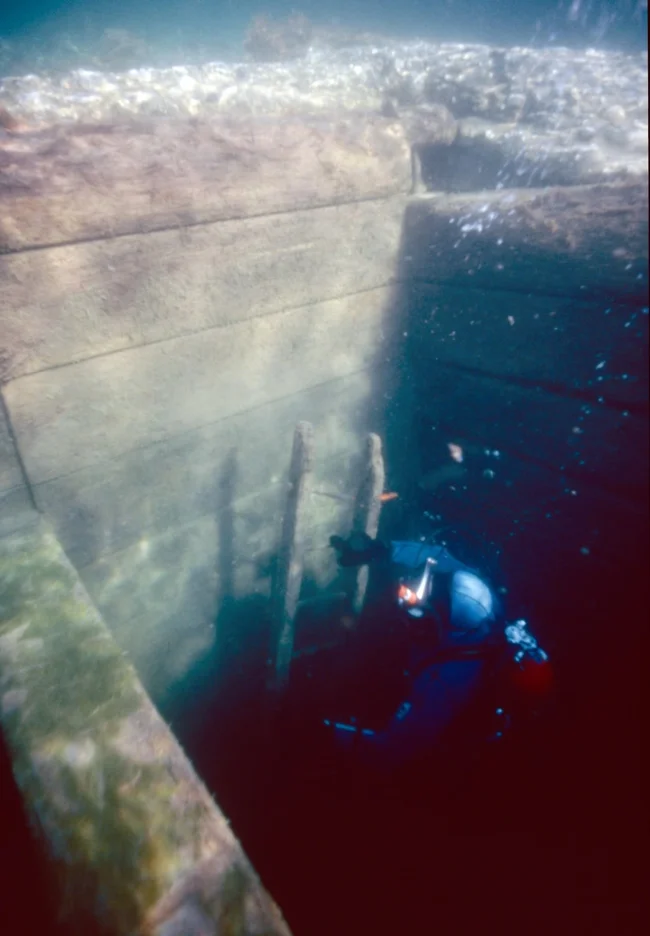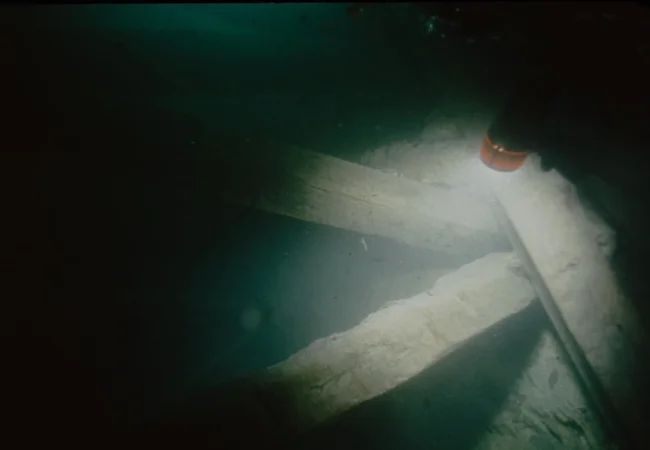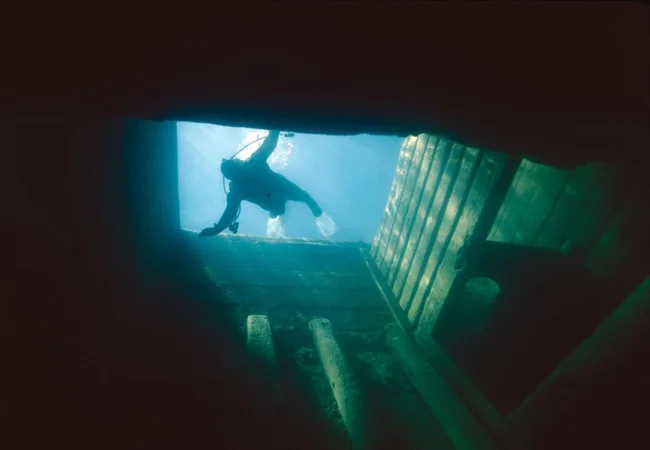Silver Island Underwater Mine: History and Legends (11 photos + 1 video)
In the northwest Canadian province of Ontario, off the Sibley Peninsula, lies a small rocky reef. Known as Silver Point, the sliver of land is rich in silver, but mining it has proven to be a test of human ingenuity and resilience. 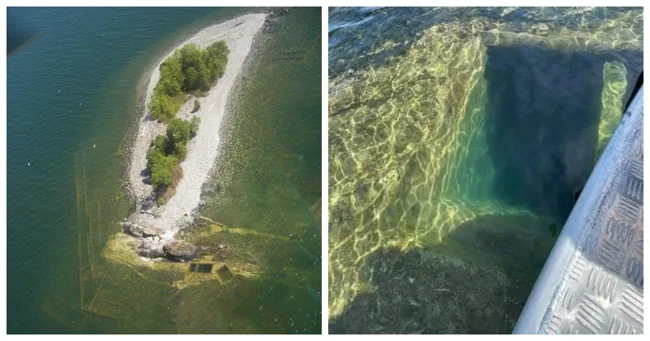
Most of the valuable metal is underwater, in the depths of Lake Superior, one of the most unpredictable and dangerous bodies of water in the world. Getting to the silver would require building a massive wall and constantly pumping out the water that was constantly flooding the mine. 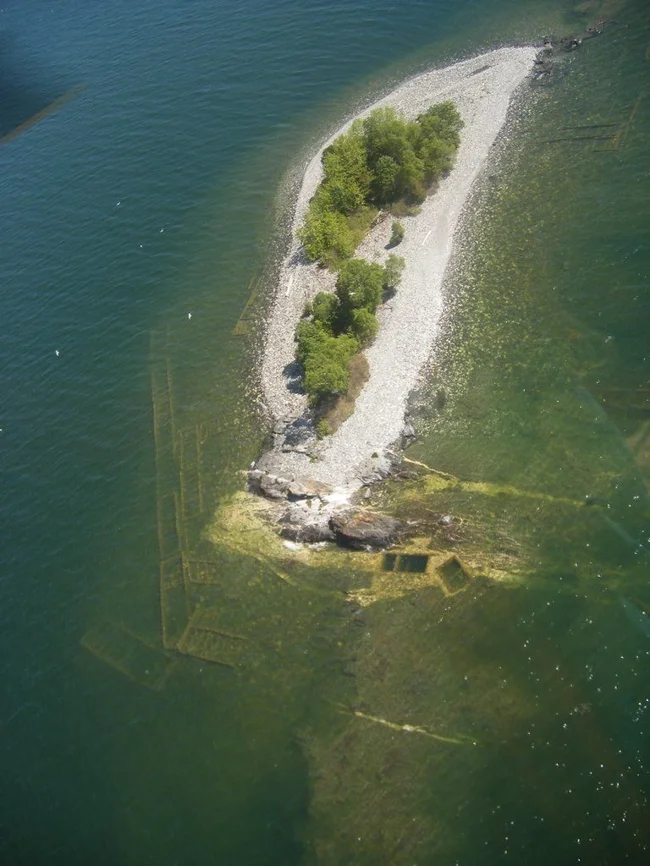
In 1870, the Montreal Mining Company, recognizing the complexity of the task, sold the site to the Silver Islet Mining Company, founded by Alexander H. Sibley. Despite the obvious difficulties, Sibley trusted his partner William B. Frew, an outstanding engineer, to undertake the project. Under Frew's direction, the titanic work of creating conditions for the extraction of the precious metal began. 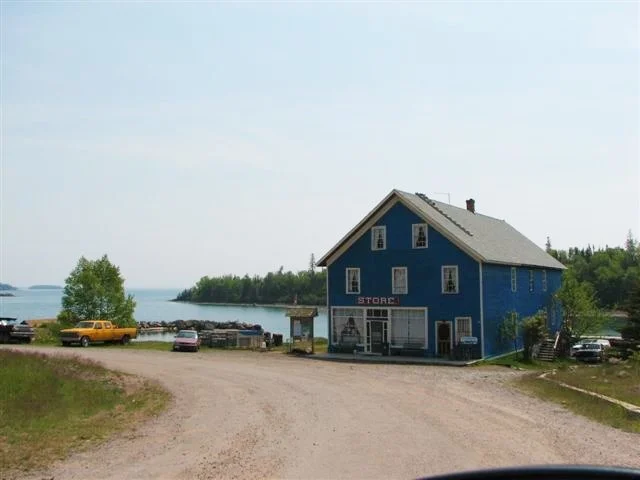
Frew and his crew worked 18 hours a day building wooden breakwaters, foundations, and cofferdams around the vein. The work cost only $50,000, and the mine was staffed by just 34 men. To expand the island, the company used crushed rock, increasing its area to more than 10 times its original size. A small mining town was built on the nearby shore, which at its peak included hundreds of homes, two churches, a saloon, and even a prison. 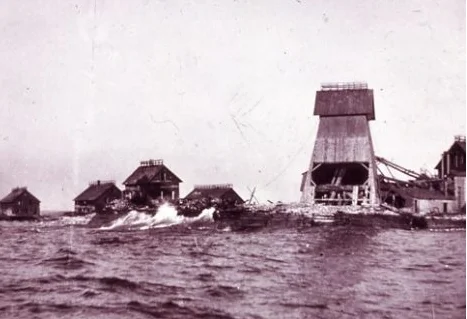
The miners were in a constant battle with Lake Superior, which threatened to destroy all their efforts. In October 1870, powerful waves destroyed half of the breakwater. The miners rebuilt the structure, doubling its width. By Christmas of that year, the water had washed away more than 3,000 tons of rock. 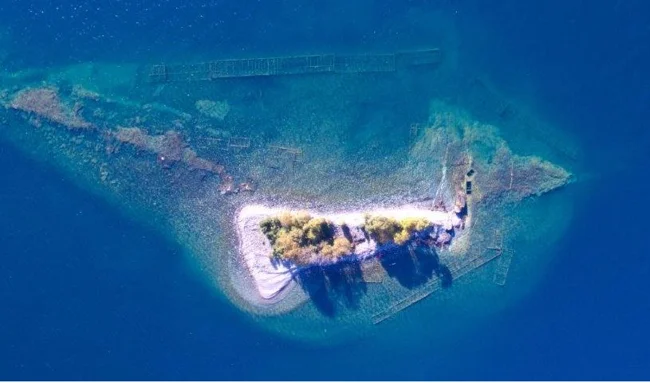
Work in the mine was extremely dangerous. It was all below the lake level, and only a fragile wall of wood and stone separated the miners from certain death. When the depth exceeded 90 meters, water began to penetrate inside, and from that moment on, pumps worked around the clock to save the mine from flooding. 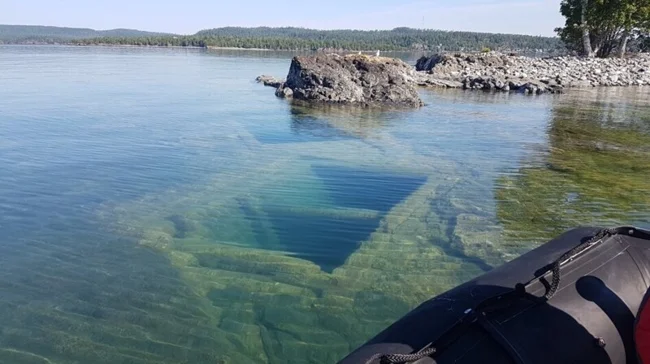
By 1873, the mine had reached a depth of almost 400 meters, with numerous branches from the main tunnel. However, by that time, the ore reserves were depleted, and production levels began to decline. The final blow came in early 1884, when a shipment of coal was not delivered on time due to difficult winter conditions. The pumps stopped, and the mine shafts were flooded with water. 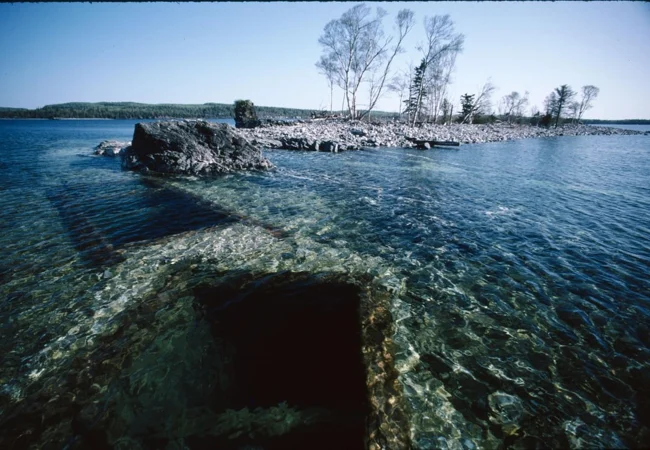
Despite the difficulties, the Silver Island mine became one of the richest silver mines in the world. Many of the nuggets found were so pure that they could be used without refining. Over the 13 years of operation, the mine brought in about $3.25 million in revenue, with $1.3 million worth of silver mined in the first three years alone. 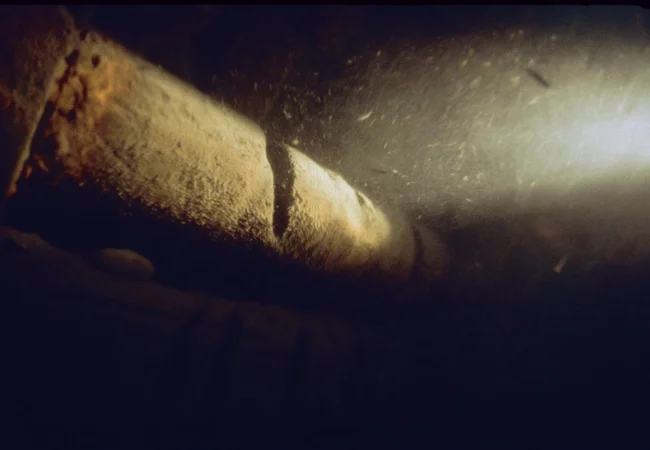
Today, people believe that untold riches are still hidden beneath the waters of Lake Superior. But the harsh nature of the lake and its unpredictability prevent researchers from trying to challenge this powerful element again. The Silver Island remains a symbol of human perseverance and the power of nature that continues to keep its secrets. 